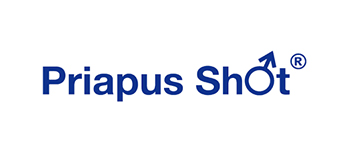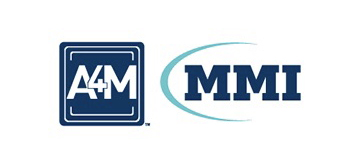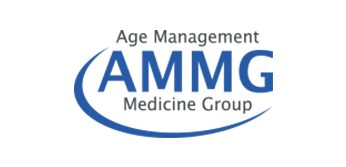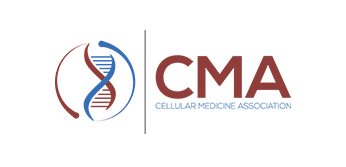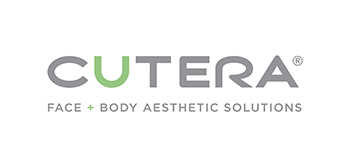Cholesterol Testing
Understanding Cholesterol
Cholesterol has two main components:
- Low-density lipoprotein (LDL), also referred to as “bad” cholesterol, and
- High-density lipoprotein (HDL), also referred to as “good” cholesterol
While too much LDL in your blood may put you at risk for serious conditions such as heart disease, too much HDL can build up plaque, a fatty substance that narrows the width of your arteries and restricts blood flow. As a result, this can cause a heart attack, peripheral artery disease, or strokes.
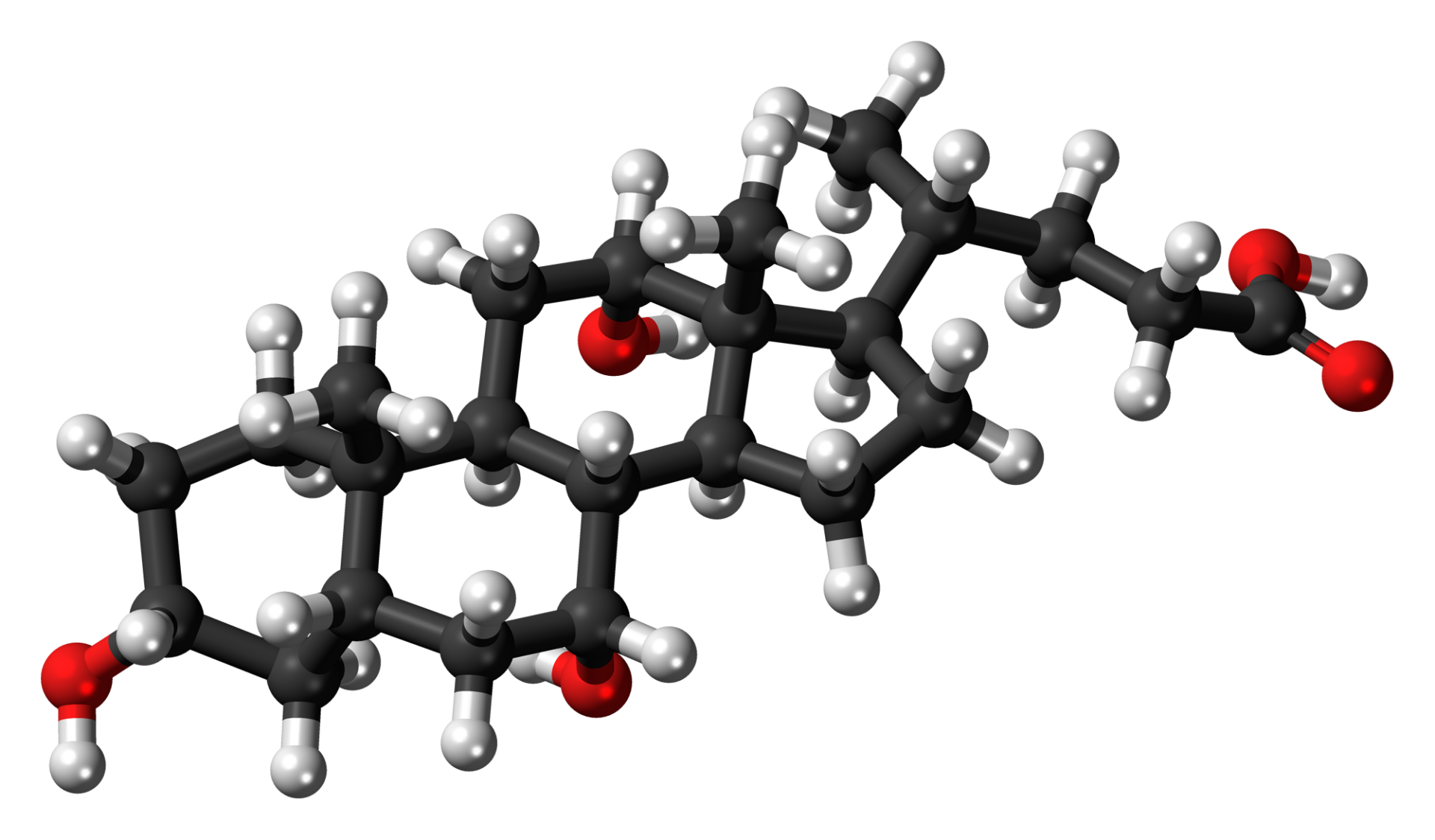

Why is it important to know your levels of cholesterol?
Since high cholesterol does not provoke any evident symptoms, it is important to be aware of your numbers since they could indicate significant risks for heart disease.
A cholesterol test will show:
- Your levels of both LDL and HDL cholesterol
- Total cholesterol by combining the numbers of LDL and HDL in your blood
- Triglycerides, which are a type of fat in the blood that, when elevated, increase the risk of heart disease.
- Your levels of very-low-density lipoprotein or VLDL, which is another type of “bad” cholesterol that has been determined to add to the development of plaque. Although difficult to measure, VLDL levels are estimated based on the triglycerides in your blood.
FAQs
To get the most accurate results when having a cholesterol test, it is recommended that you fast leading up to your appointment. Make an appointment to get blood drawn first thing in the morning so that you can have your breakfast as soon as the test is done.
The blood is typically drawn from the arm. Before the needle is inserted, the area is cleaned with antiseptic, and an elastic band is wrapped around the upper arm to help the veins in the arm fill up with blood and bulge so that they are easier to find. The blood is then collected and stored in a vial or syringe.
At that point, the elastic band is removed to restore circulation, and the puncture site is protected with a bandage that may be removed shortly thereafter. The entire procedure should take no more than a couple of minutes and is relatively painless. You can safely drive back home on your own and resume your daily activities with no further precautions. Your healthcare practitioner should receive your results within a couple of days.
These are the ideal numbers:
- Total cholesterol should show to be less than 200 mg/dL. If yours is above this number, your doctor will decide whether it falls in borderline levels or if you need medication if your numbers are too high.
- LDL cholesterol levels should be lower than 70 mg/dL. As above, your doctor will determine your risks for heart disease, and whether or not any medication is necessary to treat your cholesterol levels.
- HDL cholesterol levels should fall below 40 mg/dL for men and 50 mg/dL for women. Other levels will be monitored by your doctor and treated accordingly.
- Triglycerides should fall below 150 mg/dL.
There are cholesterol kits that may be used at home. If you are worried about your numbers and want to check them more frequently than your doctor recommends, or more frequently than is realistic to visit your doctor, you may use these kits at home. However, you should never forego a professional cholesterol test, nor should you try to diagnose and treat yourself for any potential conditions that your cholesterol levels indicate. Cholesterol and the link to heart disease is not something that should be taken lightly – your life may be at risk.
A home testing kit measures levels of cholesterol and, in some cases, also measures your triglycerides. You may find them online or at your local pharmacy. Once you draw your own blood and collect it, you send it to a lab using a prepaid label. Results are reviewed by an independent professional and sent back to you.
To obtain the most accurate results, read all instructions carefully. Make sure you have all supplies handy and do not consume anything other than water during the 12 hours prior to taking the test.
In recent times, medical experts have revised the idea that the most accurate results in a cholesterol test are obtained when the patient is fasting, and the truth is that LDL levels may be affected by what you eat shortly before the test is administered.
However, these days experts believe that if you are not taking statins to control your cholesterol, you may not need to fast before the test.
To be on the safe side, and to ensure that you not waste time on a test that may end up needing to be repeated, ask your doctor about your particular situation and whether you should fast or not prior to taking this test.
Start by focusing on your diet – Reduce the saturated fats and eliminate trans fats; increase your consumption of foods that contain omega-3 fatty acids and soluble fiber. Add whey protein.
Add exercise to your days – If you have little free time for exercise, you may take a walk during your lunch hour, play a sport you enjoy, or maybe ride your bike to work.
Don’t smoke – And if you do, quit! Your cholesterol levels will improve quickly and noticeably as a result.
Limit the amount of alcohol you consume – Too much alcohol is associated with serious health problems like high blood pressure, stroke, or heart failure, among a range of other health issues that alcohol is shown to cause or contribute to.
Lose weight – By focusing on your diet and adding exercise, you should see some pounds start to come off, which may also help your cholesterol levels.
Managing your cholesterol is very important. Talk to your doctor about it and get on the road to a healthier you.


